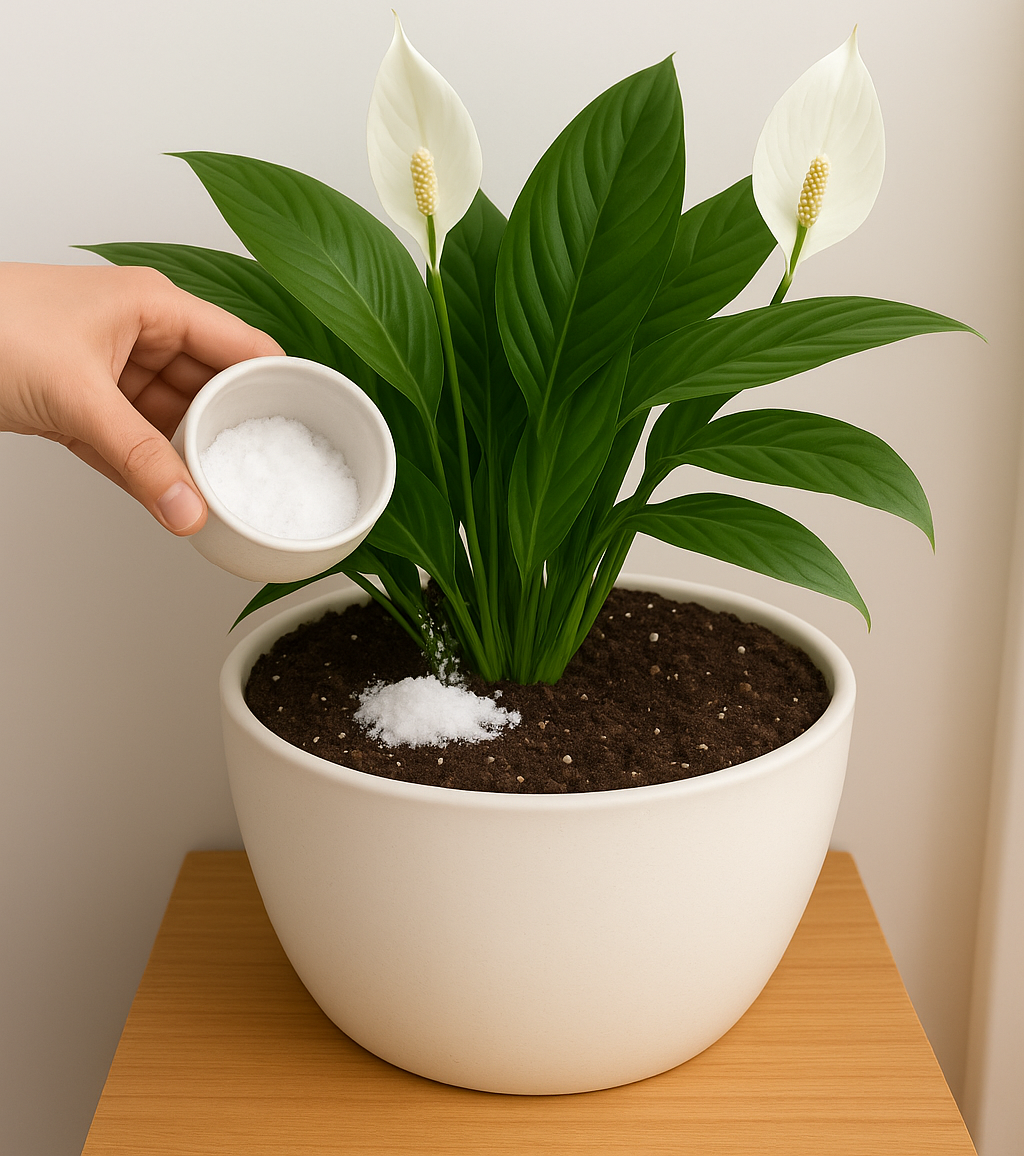If you’ve been watering your peace lily with plain water, it’s time to rethink your routine. There’s a natural and surprisingly simple alternative that can dramatically boost the health, vibrancy, and longevity of your plant. By making one easy switch, you’ll unlock fuller foliage, longer blooms, and a visibly healthier peace lily year-round.
The Beauty and Benefits of the Peace Lily
The peace lily (Spathiphyllum) is beloved for its elegant, deep green leaves and pristine white spathes that resemble flowers. Beyond its visual appeal, it also acts as a natural air purifier, making it a favorite choice for homes and offices alike.
Native to the rainforests of Central and South America, peace lilies grow from rhizomes rather than traditional stems. Their white “blooms” are actually modified leaves that gracefully surround the true, tiny flowers at the center—offering a unique and striking aesthetic.
While peace lilies are generally low-maintenance, achieving their full potential requires more than just sunlight and water. That’s where this natural hack comes in.
The Secret? Aloe Vera Fertilizer
If your peace lily seems dull, drooping, or isn’t blooming as often, it’s likely craving nutrients. Instead of reaching for synthetic fertilizers, try this all-natural aloe vera solution to revitalize your plant from the roots up.
How to Prepare Aloe Vera Fertilizer:
-
Cut a fresh aloe vera leaf and blend it with 2–3 gallons of water.
-
Strain the mixture to remove pulp and any thorny bits.
-
Water your peace lily with this nutrient-rich solution every two weeks.
This aloe tonic is packed with enzymes, amino acids, and natural growth stimulants. It enhances root strength, encourages glossy foliage, and promotes regular blooming—all without the harsh chemicals found in conventional fertilizers.
Expert Tips for a Thriving Peace Lily
-
Light: Provide bright, indirect light—avoid direct sunlight which can scorch the leaves.
-
Humidity: Peace lilies love humidity. Mist regularly or place near a humidifier.
-
Soil: Use well-draining soil to prevent root rot.
-
Cleaning: Gently wipe leaves with a damp cloth to remove dust and allow better photosynthesis.
-
Repotting: Repot once a year or when roots become crowded to encourage continued growth.
Final Thought:
Your peace lily is more than a houseplant—it’s a living, breathing element of your space. With the simple addition of aloe vera to your care routine, you can transform it into a lush, blooming centerpiece that thrives naturally and beautifully.
